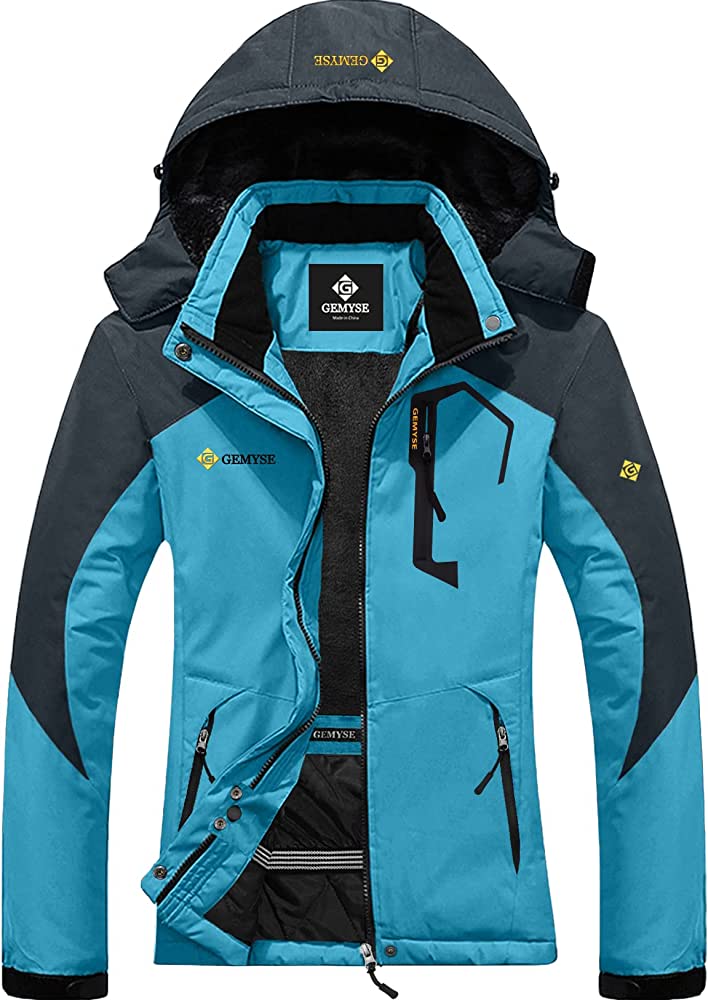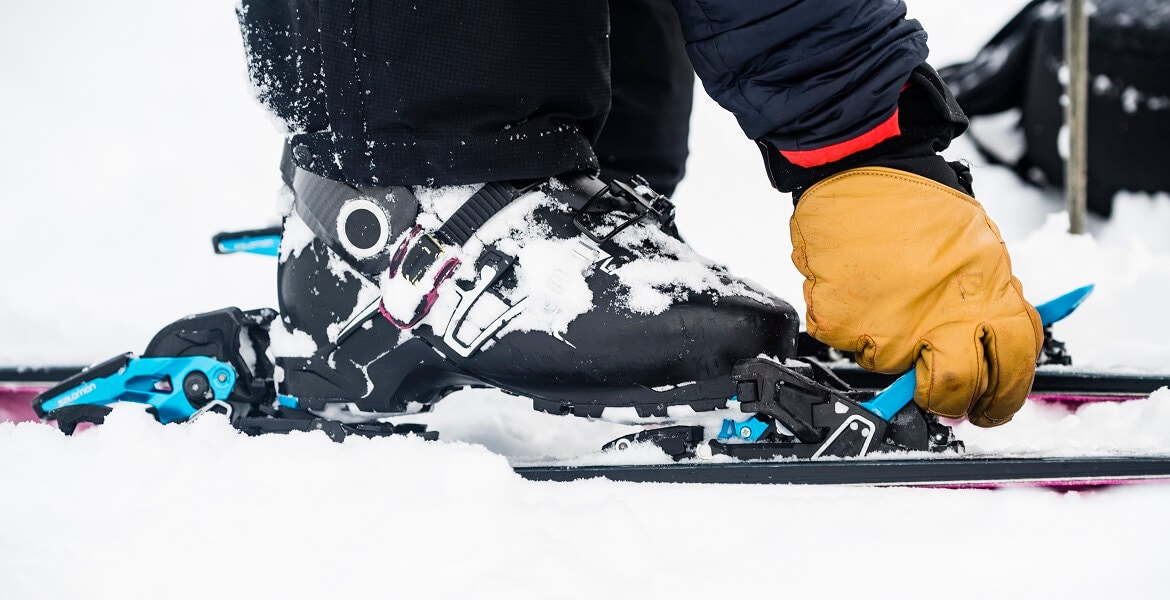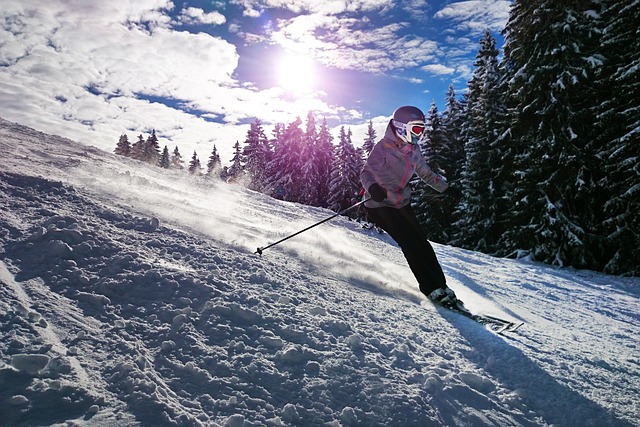
Cross country skiing no tracks is a great way to get out and enjoy the snow without the hassle of groomed trails. It allows you to ski on a pristine winter trail, untouched by others and with spectacular views of the landscape surrounding you.
It's an excellent way to improve your skiing and stretch your legs. It's a great choice for groups of friends and families looking to spend a peaceful day in the snow.
No matter whether you're an expert cross-country skier, or just starting out, the right gear is essential to enjoying the snow. You can find classic cross-country skis, traditional skate skis and boots at your local Nordic centre or online.
Cross-country skiing off-trail requires different equipment, so make sure to take that into consideration when shopping for your gear.

If you're just getting started, you should begin with a pair of beginner-to-intermediate classic cross-country skis and an easy-to-use pair of cross-country ski poles. These will let you learn the basics of classic ski stance and shuffle and glide.
To tackle off-trail terrain, cross country skiers with more advanced skills should consider a pair lightweight backcountry skiing skis. These skis are made with steel edges to allow you to turn on downhills. They also feature a sculpted waistline and rockered tips to make turning easier.
An ideal set of cross-country skis for lightweight skiing should be broad enough to accommodate most people but not so narrow that it creates friction on icy conditions. A sidecut is a variation in the width along the length the ski. This can allow you to have better edge control on steeper hills.
Your weight should be evenly distributed across both skis. You should feel a little bit of a "cushy", similar feeling to walking on soft ground.
Also, you should 'bounce your skis slightly off of the snow. This will allow you to 'bounce’ into the next turn rather than sliding down the snow and losing your momentum.

Once you are proficient in these techniques you can begin to master other skills. To get more speed on a track you can snowplough or parallel skid, and then kick turn. You can also use step turns to avoid obstacles and tucking downhill.
Before you head out, always check the weather forecast. This will let you know if it's safe to go on the trails, and if there are any unexpected issues that might cause problems for other people on the skis.
You can also see if there are any blowouts, ice patches or other conditions that could make skiing unsafe. This can be especially true if it's cold, as these conditions can increase the risk of hypothermia, and may require you to move off the trail.
FAQ
How do you prepare your body for vacation?
For a healthy vacation lifestyle, it is important to eat right and keep active.
Be sure to stay hydrated and well rested before you leave home.
Be sure to have all your travel documents and medications on hand.
And if you're planning to take any medication during your trip, ensure you carry enough to last until you return home.
Make sure you bring a change of clothes in the event that you are injured or get sick.
What can I pack in my suitcase?
At least two pairs of shoes should be on your feet at all times. Two pairs are needed for daily walking in the city and two for vacation.
It is important to ensure you have enough clothes for both. If you are traveling by plane, you need to make sure you have an extra shirt, pants, underwear, and socks.
Consider bringing some clothes if you are planning to stay somewhere for a longer time. This way, you won't feel uncomfortable when you go shopping for new outfits.
Comfortable shoes should be worn if you are taking the bus or train. You'll also need to bring a spare set if you are driving.
You should also pack lots of toiletries including shampoo, toothpaste as well as moisturizer and deodorant.
Last but not least, make sure you have a flashlight, an insect repellent, sunscreen and sunglasses as well as a first aid kit.
Don't forget to put all these items in one bag rather than trying to fit them into several different bags. You'll save both time and space.
Finally, remember to bring a small towel or washcloth. They will be very useful after a long day of sightseeing.
What should I do if I want to buy travel insurance
Travel insurance is essential for anyone who plans to go on an adventure. It is important to have insurance that covers all types of adventure sports.
If you plan on skiing, make sure that you have health insurance. You should also look into getting coverage for things like theft, loss, and damage.
It is also worth considering purchasing cancellation cover. This allows you to cancel your holiday without having to pay any penalties.
In addition, you should ask for cover for emergency evacuation. This includes evacuation from the mountain in the case of an earthquake or other natural disaster.
What should you bring on vacation?
You must know what you want from your holiday. Not just packing clothes. You should also consider where you are going to be staying and for how long.
Consider what type of activities you'd like to take part in. Scuba diving is a great option if you're going to exotic destinations. Participating in local festivals or events is a good idea if you're planning on staying somewhere for a longer time.
If you have any health issues, then it is important that you tell the people who will be looking after you so they can plan accordingly.
Are you concerned about what you might lose when you travel?
Yes, I often forget stuff. This happens most often when I'm on a brief trip. But I have everything with I, so I never run low.
My passport is one example. I also make sure to have enough money for any purchase of tickets.
I also always have my phone charger with me. To store any other items, I keep them in a small bag.
How can I make traveling more fun?
Traveling shouldn't be just about getting to one destination from another. It should include all the experiences along your journey.
We created "Traveler", an app that allows you to plan your trip by creating itineraries according to your interests.
We are currently working on adding more features such as booking hotels, flights, renting cars, etc.
The idea behind this project was to create a simple travel planning tool for people who want to experience more while they're away.
What should you do first when you arrive at your destination?
It is a good idea to have a plan for when you get to a destination. This helps you to know what to expect and where you should go next.
Plan ahead to make sure you don't overlook anything.
If you plan to spend more than one day in a given city, it is important to research the museums, parks and landmarks that you would like to see.
It might be worth looking into getting a map for the area or reading about the history of this region.
Statistics
- No Checked Bags: No Alcoholic beverages with more than 70% alcohol (over 140 proof), including grain alcohol and 151 proof rum. (tsa.gov)
- You can use compression sacs or cubes to reduce the volume of your clothes by up to 80%—this is especially convenient for bulky items such as sweaters and jackets. (eaglecreek.com)
- Case in point: the private island of Ilha Caldeira, less than seven miles off the coast as part of the Primeiras and Segundas Archipelago, is located within the marine-protected area with 20 percent of the country's intact living coral. (travelandleisure.com)
- According to Maori legends, this park holds 14 fjords that were all carved by a giant stonemason with an adze. (busytourist.com)
- Alcoholic beverages with 24% alcohol or less are not subject to limitations in checked bags. (tsa.gov)
External Links
How To
How to Find Cheap International Flights
Cheap International Flight Searching is becoming very popular because of the rise of online agencies (OTAs), like Expedia, Travelocity and Orbitz. These OTAs offer low airfares at discounts.
However, you should know that many factors affect your flight search results when looking for cheap international flights. These factors include:
-
Choose the type of airline that you prefer.
-
Your destination city.
-
Your departure date.
-
Your arrival date.
-
The length of your stay.
-
The number of people traveling together.
-
Passengers' age group.
-
It doesn't matter if you fly in peak season or off-season.